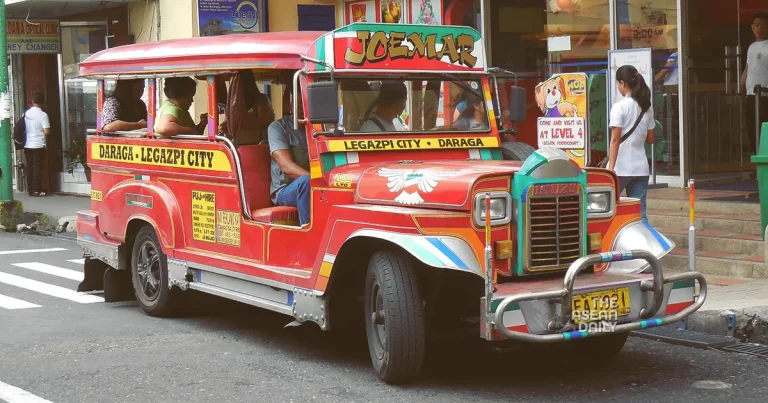26-4-2024 (MANILA) Seventy years after their debut on Philippine streets post-World War II, jeepneys, iconic symbols of the nation’s public transport, face an existential threat as plans to replace them with modern mini-buses gain traction.
Initially crafted from surplus US Jeeps, these vibrant and boisterous vehicles have evolved into a quintessential part of the country’s transportation fabric, ferrying passengers, goods, and even dignitaries. Yet, the government’s push to modernize the chaotic public transport system spells uncertainty for their future.
Leonard Sarao, operations supervisor of Sarao Motors, a pioneer in jeepney production, lamented the impact of the government’s phase-out plan on their business. Established by Leonardo Sarao Sr. in the early 1950s, Sarao Motors witnessed its heyday in the 1970s and 1980s, churning out 50 to 60 jeepneys monthly. However, dwindling demand and the onset of the phase-out program in 2017 decimated production, now reduced to a mere one unit every four to six months.
While Sarao Motors can manufacture modern jeepneys compliant with environmental and safety standards, the prohibitive cost deters buyers. Sarao noted that these vehicles are three to four times pricier than traditional jeepneys, exacerbating the financial strain on operators already struggling to make ends meet.
Despite multiple delays in the program’s implementation due to protests and the Covid-19 pandemic, operators now face an April 30 deadline to join cooperatives and transition gradually to modern vehicles. While cooperatives offer access to bank financing and government subsidies, drivers fear being saddled with insurmountable debt and cite inadequate earnings to repay loans.
Julio Dimaunahan, a Manila-based jeepney operator, voiced concerns over affordability, especially amidst heightened competition from ride-hailing services. Similarly, Flocerfida Majadas worried about the ramifications for her drivers should she default on bank loans, highlighting the precarious financial landscape.
Jeepneys, renowned for their affordability and ease of maintenance, remain a staple mode of transportation despite competition from buses and motorbikes. However, the government advocates replacing them with modern mini-buses equipped with advanced technology and amenities, sparking apprehension among operators.
Teodoro Caparino, a seasoned jeepney driver, hopes the government will prioritize refurbishing existing vehicles rather than replacing them with foreign-made alternatives. While the fate of traditional jeepneys hangs in the balance, Sarao remains optimistic that their essence will endure, preserving the spirit of this beloved Filipino icon.




